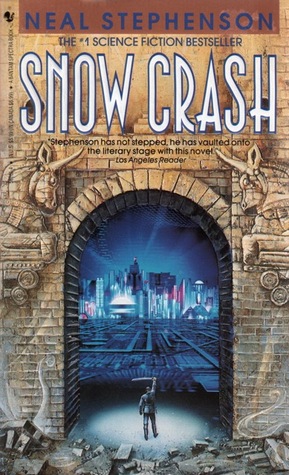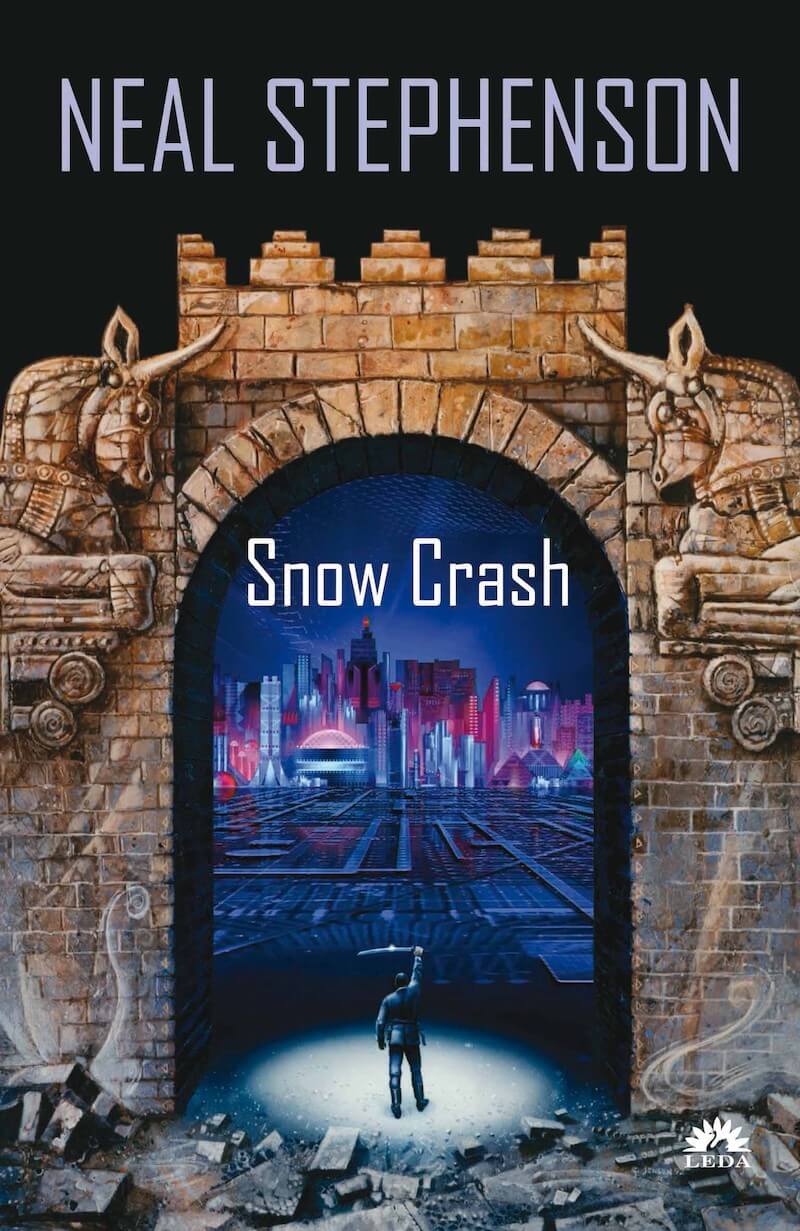


Why would we need it spelled out for us, when we inhabit versions of these “audiovisual bodies” on a daily basis – in virtual meetings, video games, on the catwalk, at gigs, and, increasingly, as an extension of our endless attachment to social media ? But Stephenson isn’t being ironic or patronising when he describes the Metaverse in Snow Crash he was just way ahead of the curve. Today, this straightforward definition of tech as basic as avatars verges on ridiculous. “They are audiovisual bodies that people use to communicate with each other in the Metaverse.” “The people are pieces of software called avatars,” he writes. Take early in the book, for example, when the author describes how characters exist in the virtual world where much of the action takes place. Other times, Neal Stephenson’s predictions are so spot-on that they transcend eeriness and take on an almost comical quality. Reading Snow Crash in 2022, there are moments when the images and situations in the 30-year-old sci-fi novel seem eerily prescient, from robot dogs employed by defence contractors, to monopolistic billionaires ushering in a neo-feudal society.


 0 kommentar(er)
0 kommentar(er)
